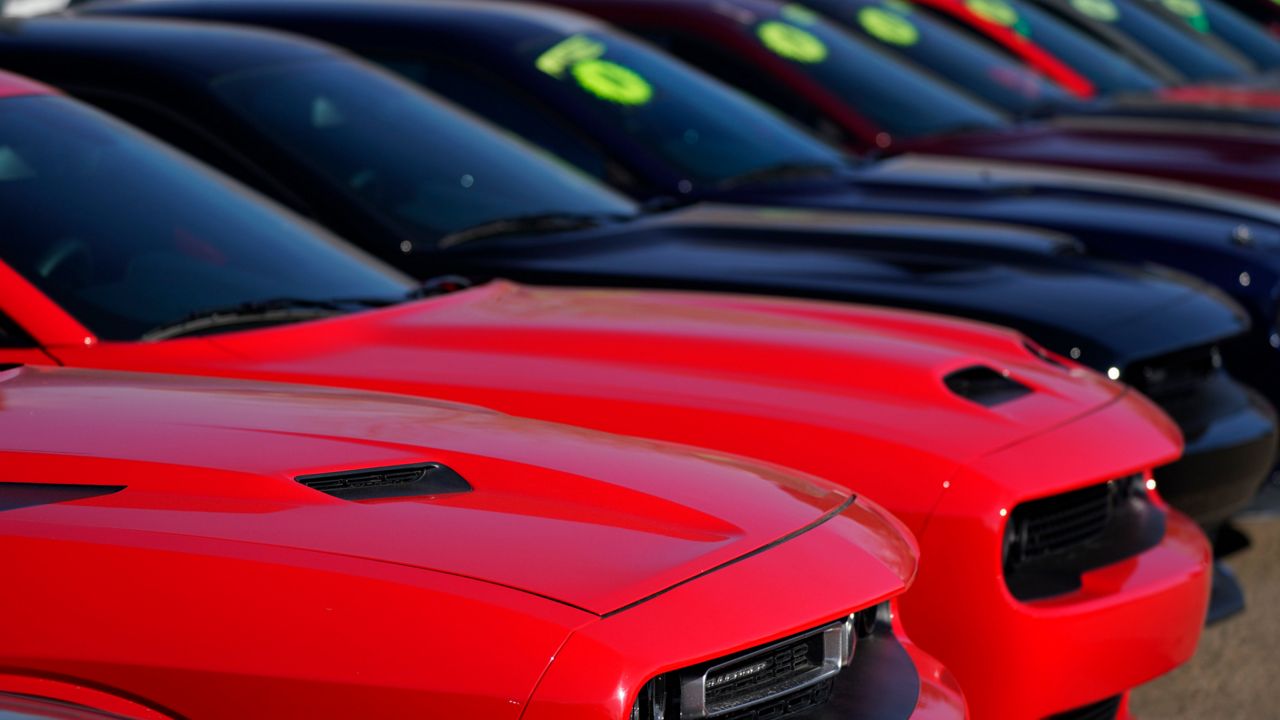As the computer chip shortage drags on, used car prices continue to escalate. In August, the average list price for a pre-owned vehicle was $25,829 — almost $5,000 more than a year earlier, and $700 more than in June, when used-car prices previously hit an all-time high.
“The used market is still benefiting from car buyers not being able to find what they want in the new market,” said Kayla Reynolds, manager of economic and industry insights for Cox Automotive.
New car sales have been falling quickly and consistently since the spring when the global computer chip shortage started impacting auto makers’ ability to manufacture vehicles. Sales of new vehicles were down 25% in August compared with a year earlier and off 8% compared with July.
That trend is likely to continue into at least the fall. Heading into October, dealers have 57% fewer new vehicles than they did a year earlier. Yet demand remains strong, driven by a healthy post-pandemic economy and declining unemployment.
The inventory of used vehicles right now is down 20% compared with 2019 levels, but “demand is much higher than average,” helping to drive up prices, Reynolds said. “Used prices are firmly on an increasing trend with wholesale prices now at the highest levels of the year.”
Last week, the wholesale price of used cars increased 1.9% — an increase consumers are likely to feel in about six weeks. Wholesale prices had started to decrease earlier in the summer, but that trend began to reverse in August, Reynolds said.
What that means for buyers: Used car prices could hit yet another record before the end of the year.
Prices are likely to remain elevated for several years, according to Cox Automotive Chief Economist Jonathan Smoke.
“We’re in a supply-constrained world,” he said, adding that the market for used cars will become even more constricted as people who own or lease cars hold onto them longer, further restricting supply. A protracted decline in new car sales also means there will be even fewer used cars on the market until 2025 or beyond, he said.
The roots of today’s record used-vehicle price started with the pandemic in March 2020 when car companies temporarily shut their factories, anticipating a recession that would slow new vehicle purchases. Fearing a protracted sales slump that never happened, they canceled supply orders from chip makers, who started selling them for video games, phones, computers and other COVID-inspired, in-demand products. Once the auto makers realized the lack of demand for new vehicles was only temporary, there weren’t enough chips to go around.
“The new vehicle inventory situation is getting tighter and tighter, and we haven’t reached bottom,” Smoke said. “We see very low probability of prices being lower than they are right now between now and tax season.”
In fact, prices could increase between 2 and 4% between now and March, he said.



